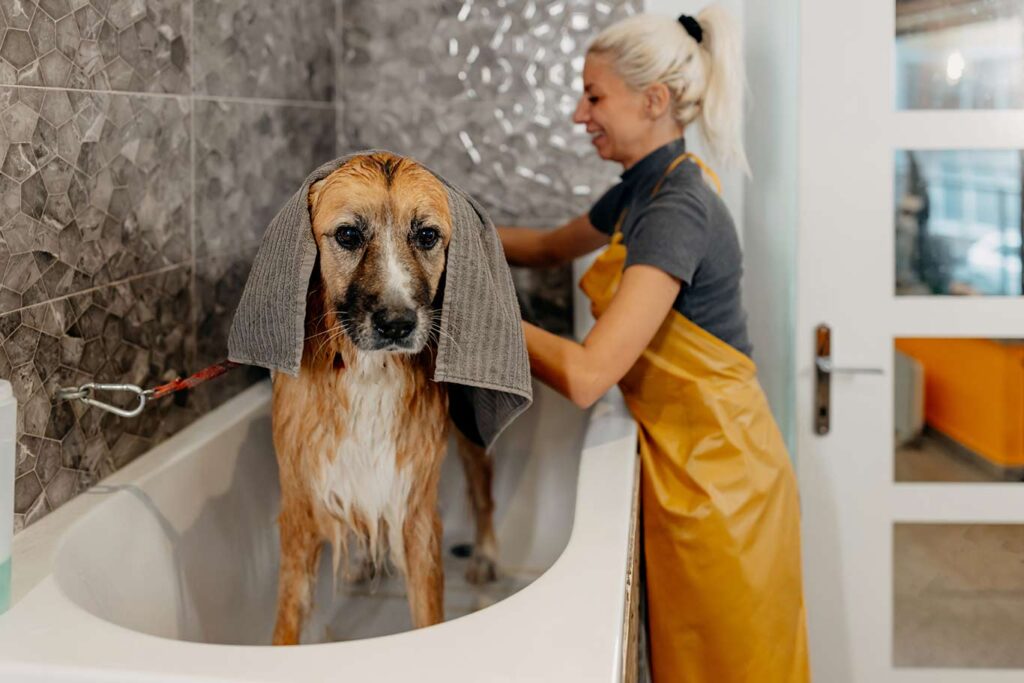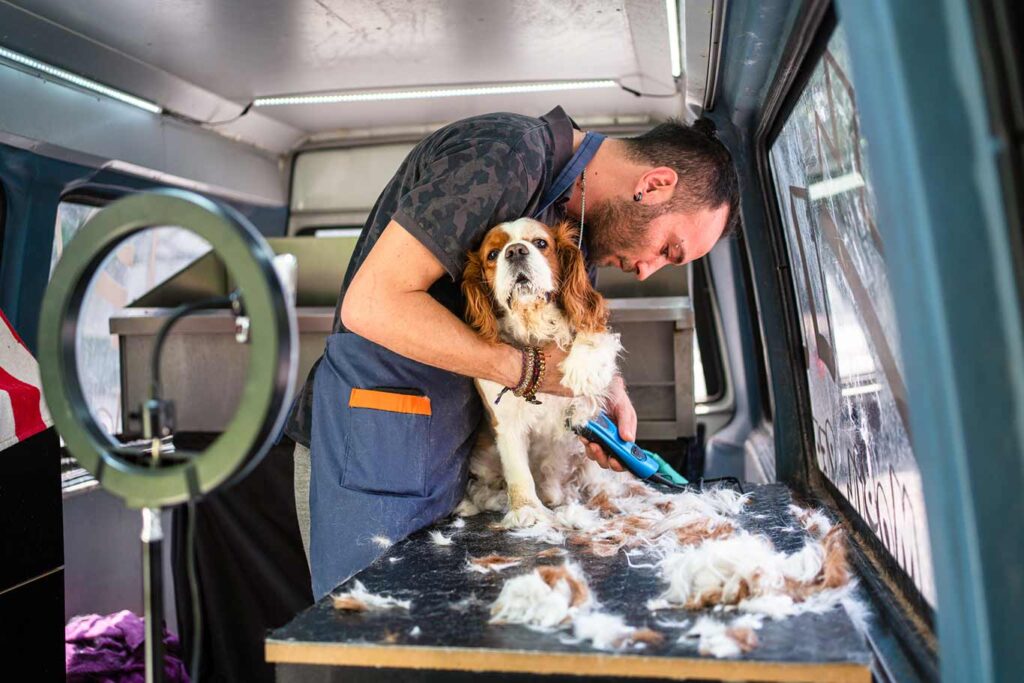There are hundreds of craft fairs taking place across the UK this Summer, providing a perfect platform to showcase your handmade skills and products to customers and learn from other crafty enthusiasts.
If you’re new to the craft fair scene, we’ve put together some tips on how to best prepare yourself and ensure you stand out. Whether you have a specialist craft to sell or you’re a jack of all trades. Here’s some inspiration to get you started for craft fairs, this summer or in the future.
What to sell at summer craft fairs?

At Summer craft fairs, to really stand out it’s ideal to offer products that align with the season and cater to the interests and needs of attendees looking for summer-themed items.
Handmade Jewellery
Create unique pieces of jewellery inspired by summer themes such as beach motifs, sea creatures, or vibrant colours. Consider using materials like shells, beads, or natural gemstones to capture the essence of the season.
Beach Accessories
Offer a range of beach accessories such as handmade tote bags, beach towels, sun hats, and sunglasses cases. Consider incorporating fun patterns, bright colours, and durable materials suitable for outdoor use.
Summer Apparel
Design and sell lightweight and breezy clothing items perfect for the warmer weather, such as sundresses, tank tops, shorts, and sarongs. Use breathable fabrics like cotton or linen in bright, summery prints.
Home Decor
Create summer-inspired home decor items such as decorative pillows, wall hangings, candles, or table runners. Incorporate elements like nautical themes, floral designs, or tropical patterns to evoke a sense of summer warmth and relaxation.
Outdoor Decorations
Offer handmade outdoor decorations like wind chimes, garden ornaments, or planters designed to enhance outdoor spaces. Use materials like ceramic, metal, or glass that can withstand outdoor conditions.
Natural Skincare Products
Craft and sell natural skincare products tailored for summer skincare needs, such as sunscreen, lip balm, body scrubs, or insect repellent. Use high-quality, skin-friendly ingredients like coconut oil, shea butter, or essential oils.
Handmade Crafts for Kids
Create and sell handmade toys, games, or craft kits designed to keep kids entertained during the summer months. Consider items like handmade dolls, wooden puzzles, or DIY craft sets with a summer theme.
Fruit-themed Items
Embrace the bounty of summer fruits by offering fruit-themed items such as handmade fruit bowls, kitchen towels, aprons, or decorative ceramics featuring fruit motifs. These items add a touch of freshness and colour to any home.
Outdoor Accessories
Provide practical and stylish outdoor accessories such as picnic blankets, insulated cooler bags, or reusable water bottles decorated with summery patterns or designs.
Artwork Inspired by Nature
Create and sell artwork inspired by the beauty of nature in summer, such as landscape paintings, botanical illustrations, or photography prints showcasing scenic summer vistas, flowers, or wildlife.
Handmade Candles and Fragrances
Craft and sell handmade candles or reed diffusers in refreshing scents inspired by summer, such as citrus, coconut, or tropical fruits. Use natural ingredients and attractive packaging to appeal to customers.
DIY Craft Kits
Offer DIY craft kits that allow customers to create their own summer-themed projects at home. Provide all the necessary materials and instructions for making items like beach-themed jewellery, sun hats, or decorative wall art.
How to find the best craft fairs to sell at?

Choosing the right craft fairs to sell at depends on various factors such as your target audience, location, budget, and type of crafts you offer. Here are some tips for finding craft fairs that are a good fit for your business:
Research Local Events
Look for craft fairs and artisan markets happening in your local area. Check event listings in newspapers, community bulletin boards, and online directories to find opportunities to showcase your crafts.
Consider Your Target Audience
Identify the demographic and interests of your target customers. Choose craft fairs that attract attendees who are likely to be interested in your products. For example, if you specialize in handmade baby products, consider participating in family-friendly events or baby expos.
Visit Craft Fairs as a Visitor
Attend craft fairs as a visitor to get a sense of the event’s atmosphere, attendee demographics, and the types of vendors and products featured. Pay attention to factors such as foot traffic, booth layout, and overall vibe to help you determine if it’s a good fit for your business.
Check Seller Requirements
Review the seller requirements and guidelines for each craft fair you’re considering. Look for events that offer reasonable booth fees, provide adequate space for stalls, and have policies that align with your business needs and values.
Assess Past Reviews
Research feedback from past stallholders who have participated in the craft fairs you’re interested in. Look for reviews and testimonials online or reach out to fellow crafters in your network to learn about their experiences. Positive reviews from other vendors can indicate that the event is well-organised and attended by engaged customers.
Evaluate Event Promotion
Consider the event’s marketing and promotion efforts to gauge its potential reach and impact. Look for craft fairs that actively promote their sellers through social media, email newsletters, local advertising, and other channels to ensure maximum exposure for your business.
Network with Other Stallholders
Build relationships with other crafters and artisans in your community to get recommendations for craft fairs and stay informed about upcoming events. Join online forums, social media groups, or local artisan networks to connect with fellow makers and share information about craft fair opportunities.
Start Small and Expand
If you’re new to selling at craft fairs, consider starting with smaller, local events before branching out to larger, more competitive markets. This allows you to gain experience, test different strategies, and build a customer base before tackling bigger opportunities.
How to have the best craft stall display?

Craft fair display ideas
Before setting up your display, plan the layout of your stall. Consider the flow of traffic, focal points, and areas where customers can easily browse your products.
Use Height and Depth
Create visual interest by incorporating elements of height and depth into your display. Use shelves, risers, or display stands to showcase your products at different levels. This helps draw the eye and makes your stall look more dynamic.
Consider Colour and Theme
Choose a cohesive colour scheme and theme that reflects the style of your products and appeals to your target audience. Use complementary colours to make your display visually appealing and memorable.
Create Visual Balance
Arrange your products in a balanced and harmonious way. Avoid overcrowding your display and leave enough space between items to allow customers to see each product clearly.
Highlight Best-Sellers
Place your best-selling or most eye-catching products at the front and centre of your display to attract attention. Use signage or banners to draw attention to these featured items.
Tell Your Story
Incorporate storytelling elements into your display to connect with customers on a personal level. Use signage, photos, or props to share the inspiration behind your products, your creative process, or the story of your brand.
Use Props and Decor
Enhance your display with props, decorations, or themed elements that complement your products and add visual interest. However, be careful not to overcrowd your display with too many distractions.
Provide Samples or Demonstrations
Offer samples or demonstrations of your products to engage customers and encourage them to interact with your stall. This allows customers to experience the quality and craftsmanship of your products firsthand.
Ensure Good Lighting
Proper lighting is essential for showcasing your products effectively. Use natural light whenever possible, but also consider adding additional lighting such as spotlights or LED lights to highlight key areas of your display.
Keep It Neat and Organised
Maintain a clean and organised display throughout the event. Regularly tidy up your stall, restock products, and adjust displays as needed to keep everything looking fresh and inviting.
Be Approachable
Smile, greet customers warmly, and be ready to answer any questions they may have about your products. Creating a friendly and welcoming atmosphere will encourage customers to linger at your stall and make a purchase.
How to get customers to visit your craft stall?

Getting customers to visit your craft stall requires a combination of effective marketing, visual appeal, and engaging customer interaction. Here are some strategies to attract visitors to your craft stall:
Promote Your Participation
Use social media, email newsletters, and local community channels to announce your participation in the craft fair. Share sneak peeks of your products, highlight special promotions, and create buzz to generate excitement and attract potential customers.
Create Eye-Catching Signage
Design clear and attractive signage that prominently displays your business name, logo, and what you have to offer. Use bold colours, large fonts, and engaging visuals to grab the attention of passersby and draw them to your stall.
Offer Special Deals or Discounts
Entice customers with special deals, discounts, or promotions exclusive to the craft fair. Consider offering a “buy one, get one free” deal, discounted bundles, or a limited-time discount for customers who visit your stall.
Offer Giveaways
Offer samples of your products or provide live demonstrations to engage customers and encourage them to stop by your stall. This allows customers to experience the quality and craftsmanship of your products firsthand, making them more likely to make a purchase.
Create a Welcoming Atmosphere
Make your stall inviting and approachable by smiling, greeting customers warmly, and engaging them in conversation. Create a friendly atmosphere that encourages customers to linger and explore your products.
Use Visual Merchandising Techniques
Design an attractive and well-organised display that showcases your products in the best possible light. Use props, decorations, and themed elements to enhance visual appeal and draw attention to your stall.
Offer Interactive Activities
Provide interactive activities or experiences that engage customers and encourage them to spend time at your stall. This could include DIY crafting stations, photo booths, or interactive displays related to your products.
Collaborate with Other Stallholders
Partner with complementary vendors to cross-promote each other’s stalls and attract a wider audience. Offer joint promotions or create themed displays that encourage customers to visit multiple stalls.
Collect Contact Information
Have a sign-up sheet or digital device for collecting email addresses or social media follows. This allows you to stay in touch with customers after the event and inform them about future craft fairs or new products.
Encourage Word-of-Mouth Referrals
Provide exceptional customer service and encourage satisfied customers to spread the word about your stall to their friends and family. Offer incentives such as referral discounts or freebies for customers who bring new visitors to your stall.
Get Craft Fair Insurance with Protectivity
When preparing yourself for a craft fair having the correct crafters insurance should is essential to consider. This way, you can lessen the potential financial impact that could threaten your operation. It is also likely that a craft event will require you to have public liability insurance as minimum to participate.
Protectivity’s Craft Fair Insurance offers Public Liability cover, designed for accidental damage to customers or third parties, and Employers’ Liability, for any staff you may employ. Our Products Liability extension has been created for claims around third-party products, or opt for Equipment and Stock Cover for loss, damage or theft.
Read more and get a personalised quote today. If you need help with anything, our friendly team can answer any queries you may have.
Get Craft Fair Insurance from Protectivity
*Disclaimer – This blog has been created as general information and should not be taken as advice. Make sure you have the correct level of insurance for your requirements and always review policy documentation. Information is factually accurate at the time of publishing but may have become out of date.
Last updated by























